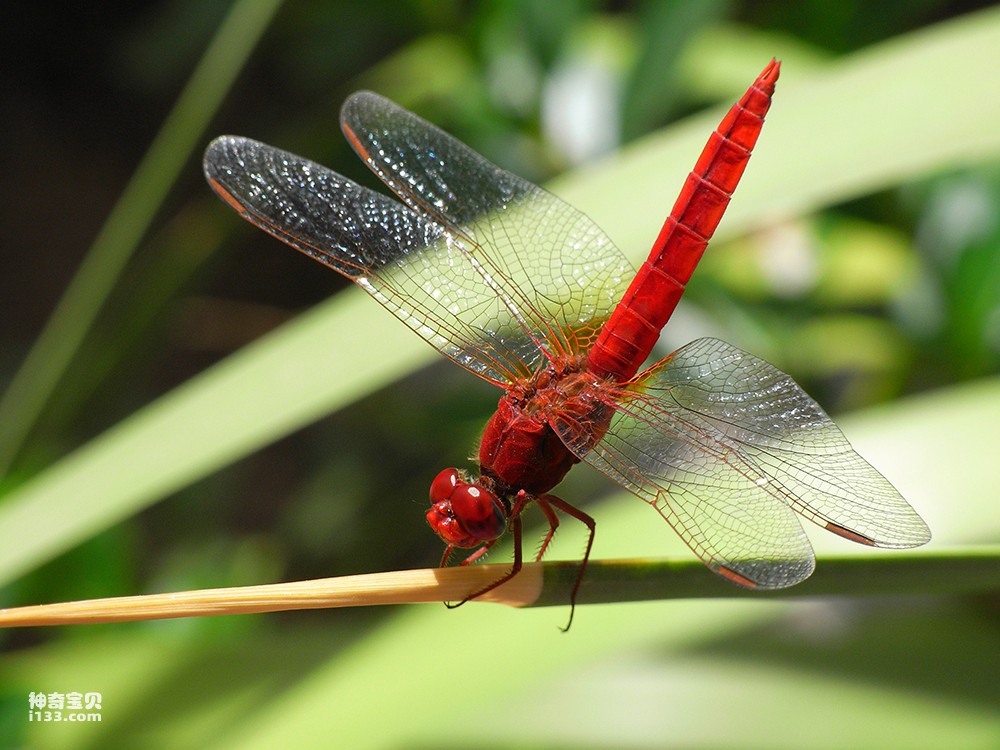A Japanese research team reported in the new online issue of the Proceedings of the National Academy of Sciences that they found that dragonflies have an exceptionally large number of genes related to distinguishing colors, and can use different combinations of color vision genes according to different environments. This discovery helps To develop light sensors that adapt to different light environments.
After light is converted into electrical signals by photoreceptor cells in the eyeball, the information is processed in the brain. There are opsins in photoreceptor cells that function as light sensors. These opsins are synthesized under the guidance of different opsin genes.

Researchers from the Japan Institute of Industrial Technology said that many animals have only 3 to 5 opsin genes. For example, humans have 3 opsin genes, which can form "light sensors" that respond to the three primary colors of blue, green, and red, and can identify Various colors based on the three primary colors. For this reason, humans can see red and purple, etc., but not ultraviolet light. Bees and fruit flies have opsin genes that respond to ultraviolet light, but they do not have opsin genes that respond to red light, so they can see ultraviolet light but not red.
The eyes of dragonflies are very large, occupying most of the head. They have three single eyes and a compound eye composed of 28,000 small eyes. They have excellent vision. Dragonflies have reduced senses of hearing and smell and rely more on vision than other insects. However, the molecular mechanism of color vision in dragonflies has not been clarified.
The team led by Ryo Futahashi, chief researcher at the Japan Institute of Advanced Industrial Science and Technology, collaborated with other institutions and analyzed the chromosomes of various dragonflies and found that dragonflies have many types of opsin genes, as many as 15 to 33 types.
Experts studied a species of autumn red dragonfly in detail and found that the small eyes facing the back of its compound eyes contain a very active opsin gene and can easily detect the blue color of the sky. In the small eyes near its abdomen, the opsin gene can distinguish between red and green food. Futahashi said that dragonflies may have evolved more types of opsin genes to facilitate survival.
This study shows that dragonflies can use different opsin gene combinations according to different light environments. In the future, the research team plans to conduct a detailed analysis of the dragonfly's photoreceptor cells to clarify the detailed functions of each of its opsin genes, and to reveal the molecular basis of color vision evolution and adaptation to different light environments.
animal tags:
We created this article in conjunction with AI technology, then made sure it was fact-checked and edited by a Animals Top editor.